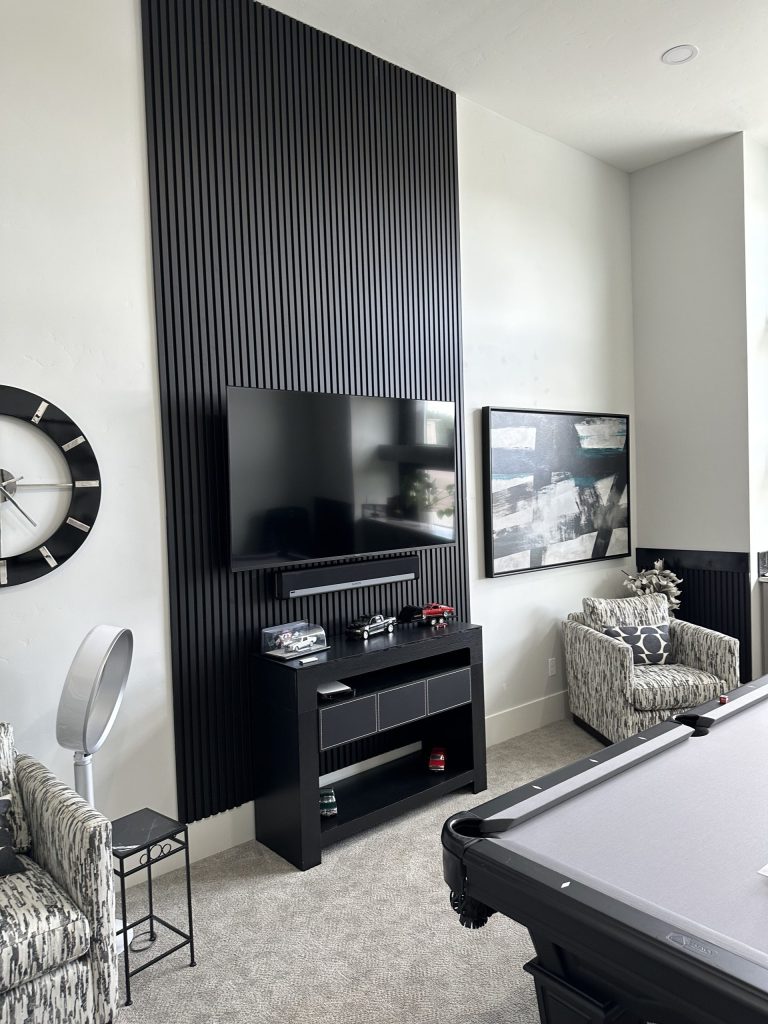Acoustic panels have become an essential part of modern interior design, valued not just for their sound control but also for their aesthetic appeal. However, one common question among consumers is why these panels are often so costly. In this article, we’ll break down the factors contributing to the price of acoustic panels, using clear, concise information to help homeowners, DIY enthusiasts, and industry professionals understand their value.
1. High-Quality Materials
One of the primary reasons acoustic panels are expensive is the quality of the materials used. Unlike basic wall coverings, acoustic panels are made with specialized components that effectively absorb sound. Here are some materials commonly found in high-end acoustic panels:
- Mineral Wool and Fiberglass: These dense materials are renowned for their superior sound absorption capabilities.
- Fabric Wraps: The outer layer often includes fire-resistant and durable fabrics that can withstand years of use.
- Sustainable Wood: For those who prefer an eco-friendly option, acoustic panels may feature wood paneling from sustainable sources, contributing to the cost.
A table showcasing common acoustic panel materials and their properties.
| Material | Purpose | Cost Contribution |
|---|---|---|
| Mineral Wool | Sound absorption | High |
| Fiberglass | Insulation and dampening | High |
| Fabric Wrap | Aesthetic and safety | Moderate to high |
| Sustainable Wood | Eco-friendly design | High |
2. Complex Manufacturing Process
The manufacturing of acoustic panels involves intricate processes to ensure maximum efficiency. This is not as simple as putting together basic building materials. The process includes:
- Precision Cutting: High-tech machinery cuts the panels to precise specifications for optimal performance.
- Layering: The combination of multiple layers, such as sound-absorbing cores and outer fabrics, adds to production costs.
- Customization: Many acoustic panels can be tailored to fit specific design preferences or sound needs, which increases both production time and expenses.
These complex processes are vital for creating panels that do more than just hang on a wall—they actively contribute to a space’s acoustic quality.
3. Acoustic Efficiency and Testing
Every acoustic panel must undergo rigorous testing to ensure it meets industry standards for sound absorption and quality. This phase alone can drive up costs for several reasons:
- Standardized Testing: Panels are tested for their Noise Reduction Coefficient (NRC) to ensure they meet the required absorption rates.
- Quality Assurance: The panels are checked for durability and effectiveness in real-world scenarios, which involves specialized equipment and expert analysis.
Testing guarantees that acoustic panels deliver on their promise of reducing noise, improving sound quality, and creating a better environment, whether in a home theater or office space.
4. Aesthetic and Customization Options
Another reason why acoustic panels come at a premium is their aesthetic flexibility. Manufacturers understand that homeowners and professionals often need these panels to complement the existing decor. Options such as:
- Color Choices: Custom fabric colors or printed panels that blend seamlessly with interiors.
- Shape and Size Variations: Unique shapes like hexagons, triangles, or custom sizes to fit awkward spaces.
- Design Patterns: Custom patterns or wood-engrained designs that enhance a room’s aesthetic value.
These added design elements not only serve the functional purpose of sound control but also enhance the visual appeal of a room. Customization inevitably leads to higher production costs and, subsequently, higher retail prices.
5. Installation Complexity
While some people may opt to install acoustic panels themselves, many prefer professional installation for optimal results. The cost of professional installation can contribute significantly to the total price of acoustic panels. Here’s why:
- Specialized Tools: Proper installation requires specific tools to ensure panels are correctly mounted without damaging walls or affecting performance.
- Expertise: Acoustic panel installation often involves strategic placement to maximize sound absorption. Incorrect installation can negate their benefits, making professional services crucial.
Professional installers can provide insights into the best locations for panel placement to achieve maximum sound control, further justifying their costs.
6. Durability and Long-Term Investment
The higher price of acoustic panels is often offset by their longevity and efficiency. Unlike cheaper alternatives that may wear down or lose effectiveness, high-quality panels are built to last for years without compromising their sound-absorbing capabilities. The use of durable materials like fabric wraps, wood frames, and reinforced cores contributes to their long-term value. While the initial investment may seem steep, their lifespan and minimal maintenance requirements can make them a cost-effective choice over time.
A comparison table showing average lifespan and maintenance frequency of acoustic panels versus cheaper alternatives.
| Feature | High-Quality Acoustic Panels | Cheaper Alternatives |
|---|---|---|
| Lifespan | 10-15 years | 3-5 years |
| Maintenance | Low | Moderate to high |
| Sound Absorption | Consistent | Deteriorates over time |
FAQ Section: Common Questions About Acoustic Panels
-
What makes acoustic panels different from regular wall panels?
Acoustic panels are designed to absorb sound and improve acoustics in a space, whereas regular wall panels may only serve decorative purposes.
-
Can I install acoustic panels myself?
Yes, some people do install acoustic panels themselves, but professional installation ensures the best placement and sound control.
-
Why do some acoustic panels cost more than others?
Factors such as material quality, customization options, and manufacturing complexity contribute to the varied pricing of acoustic panels.
-
Are there eco-friendly acoustic panel options?
Yes, many manufacturers offer panels made from sustainable wood and recycled materials, which may cost more due to their environmentally-friendly nature.
-
How long do acoustic panels typically last?
High-quality acoustic panels can last 10-15 years, making them a long-term investment for effective sound control.








